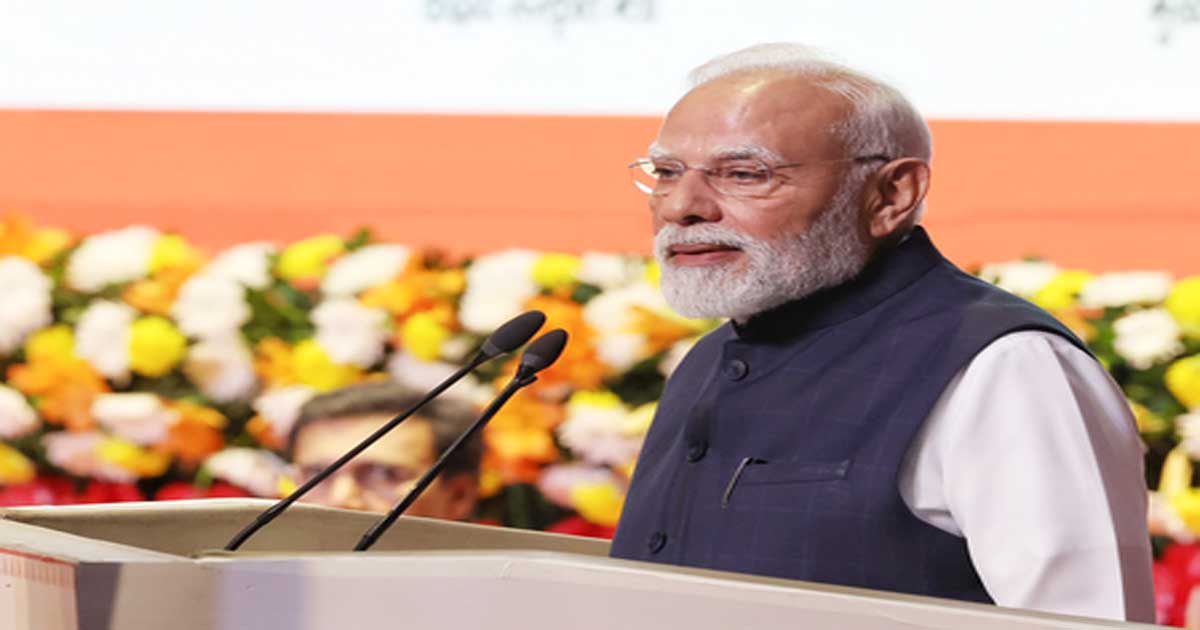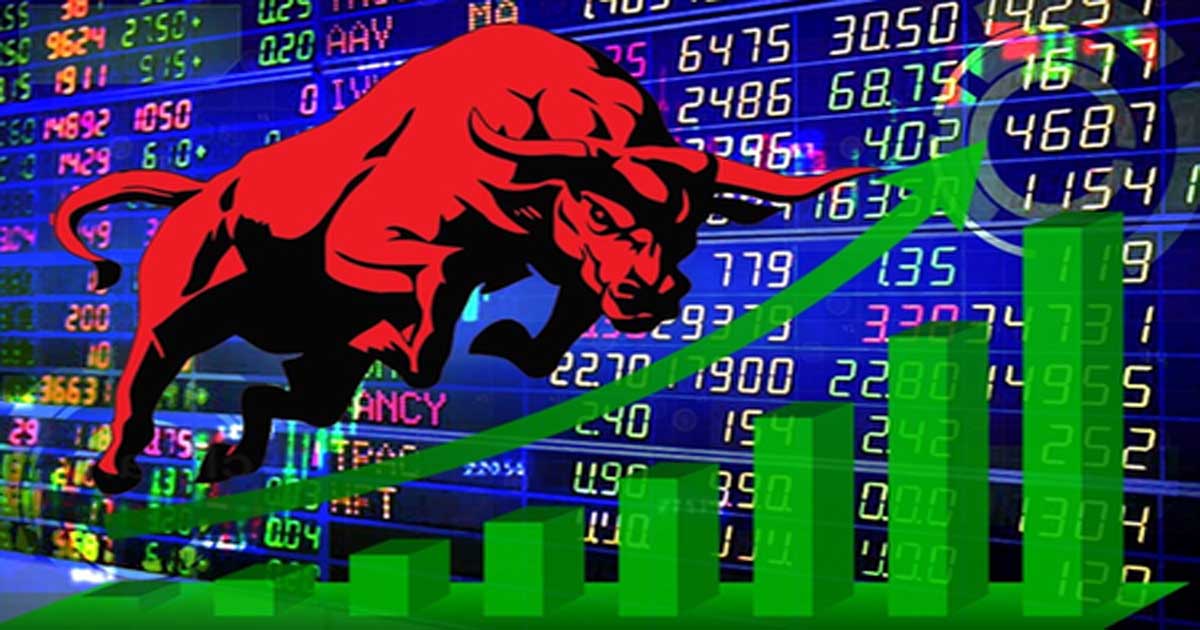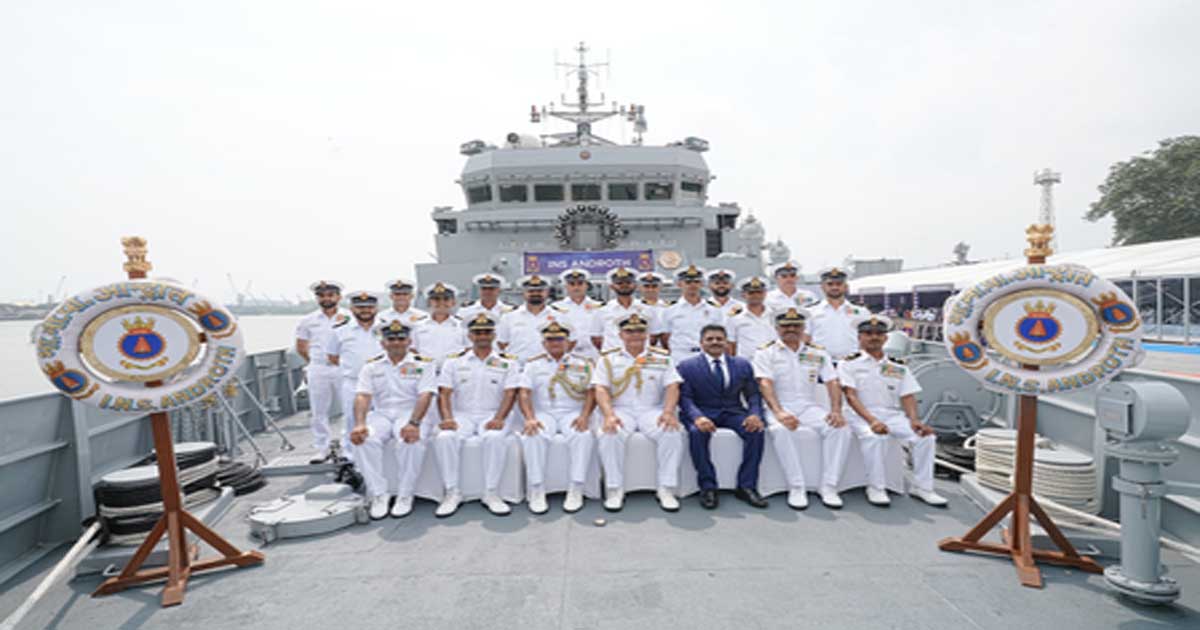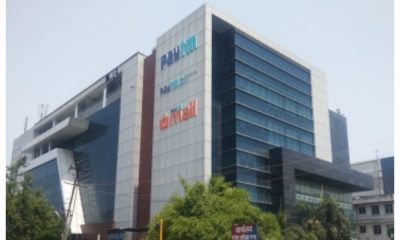Business
Want Paytm in my portfolio, says valuation guru Aswath Damodaran

India’s leading digital payments and financial services platform Paytm is heading for a market debut with an aim to raise $2.2 billion, which is touted to be India’s largest IPO. And the IPO is already getting the gurus in the financial services industry excited.
Aswath Damodaran, the award-winning Professor of Finance at the Stern School of Business at New York University, recently said in an interview with an Indian news channel that he would place his bets on Paytm. “Paytm has some real potential because I think this is a business which is huge, payment processing and financial services is huge. If I can get Paytm at the right price, I would want it in my portfolio,” said Damodaran.
Damodaran teaches equity valuations at Stern, and is also referred to as the “dean of valuation”.
Multiple other startups like Ola are also reported to be aiming for a stock market debut. When asked about what makes a company or sector interesting, Damodaran said, “There are two things I look for sectors that are likely to be disrupted: one is how big the market is. Financial services is a huge market, automobiles is a huge market. The other thing that I look for is the existing status quo.
“One indicator that a business is going to be disrupted is if nobody’s happy — customers are not happy, companies are not happy, regulators are not happy. Let’s face it, that’s the state of the game right now in financial services. I think there are sectors where disruption is going to come simply because things are not working the way it is right now.”
But if he had to choose between Paytm and Ola? “I would prefer Paytm to Ola because the ridesharing business is a complete disaster around the world. Ridesharing is one of those businesses where they have figured out how to grow but nobody seems to have figured out how to make money and it’s not just Ola, it’s Didi, Grab, Uber, Lyft,” he said in the interview.
Paytm offers payment services, commerce and cloud services, and financial services to 333 million consumers and over 21 million merchants, as on March 31, 2021. Paytm is India’s largest payments platform based on the number of consumers, number of merchants, number of consumer to merchant transactions and revenue, as on March 31, 2021.
Paytm is the largest payment gateway aggregator in India based on total transactions, with the widest ecosystem of payment instruments. The company’s lending business (offered in collaboration with financial institution partners), includes personal loans, merchant loans, as well as its Buy Now, Pay Later product Paytm Postpaid. Paytm’s financial institution partners disbursed 1.4 million loans in Q4FY21.
Business
PM Modi to inaugurate India Mobile Congress 2025 on October 8

New Delhi, Oct 6: Prime Minister Narendra Modi will inaugurate the India Mobile Congress (IMC) 2025, Asia’s premier telecom and technology event, on October 8 in the national capital, Ministry of Communications said on Monday.
The four-day mega event, themed “Innovate to Transform,” will run till October 11 and is expected to showcase India’s growing leadership in the global digital and telecom space.
Union Minister for Communications Jyotiraditya M. Scindia visited the IMC 2025 venue to review the final preparations ahead of the Prime Minister’s inauguration.
Scindia also travelled to the venue and back via the Airport Metro, symbolising India’s push for modern and sustainable urban transport.
During his visit, the minister toured the exhibition area, interacted with participating startups and exhibitors, and chaired review meetings with senior officials from the Department of Telecommunications (DoT), the Cellular Operators Association of India (COAI), and other partner agencies.
Speaking to the media, Scindia said that IMC 2025 would mark a new era in global connectivity, where technologies like 5G, 6G, artificial intelligence (AI), machine learning (ML), the Internet of Things (IoT), and satellite communications would come together to shape the future.
He emphasised that the event reflects Prime Minister Modi’s vision of a self-reliant and innovative India that connects not only within but also with the world.
IMC 2025 is expected to attract more than 1.5 lakh visitors, 7,000 delegates from over 150 countries, and 400 exhibitors spread across 4.5 lakh square feet.
The event will also feature over 1,600 technology demonstrations and 100 sessions with more than 800 speakers discussing the latest developments in telecom and digital innovation.
Highlighting the scale of the event, Scindia said that IMC has grown from being a national platform to becoming a global technology congress that represents India’s digital leadership.
He added that the 2025 edition will include six major global summits — covering 6G research, artificial intelligence, cybersecurity, satellite communications, startups, and the Global Startup World Cup — India Edition.
The minister also underlined India’s achievements in the telecom sector, noting that the country now ranks among the world’s top three digital economies with 1.2 billion mobile subscribers, 970 million internet users, and the fastest-ever 5G rollout completed in just 22 months.
Business
Sensex rises 583 points, Nifty tops 25,000 as IT and banking stocks lead rally

Mumbai, Oct 6: The Indian stock markets continued their winning streak for the third straight session on Monday, driven by strong buying in the IT and banking shares.
The benchmark Sensex jumped 582.95 points, or 0.72 per cent, to close at 81,790.12, while the Nifty rose 183.4 points, or 0.74 per cent, to end the day at 25,077.
“From a technical perspective, Nifty has successfully broken above the key psychological and technical resistance level of 25,000, turning the structure decisively positive,” analysts said.
“Any dip toward the 25,000 zone is expected to act as a strong support level, with immediate resistance seen at 25,200 and 25,500,” they added.
The Bank Nifty also delivered a stellar performance, opening with a gap-up and maintaining its upward trajectory through the session.
The index surged past 56,100, hitting an intra-day high of 56,164, with next resistance levels seen at 56,300–56,500, and support placed around 55,821–55,500, experts stated.
Broader markets also joined the rally, with the Nifty Midcap 100 gaining 0.89 per cent and the Nifty Smallcap 100 inching up 0.28 per cent.
In the Sensex pack, TCS, Tech Mahindra, Eternal, Axis Bank, and Bajaj Finance were the top performers, climbing as much as 3 per cent.
Meanwhile, Trent, Tata Steel, Power Grid, and Titan ended the session with losses. Among sectors, IT stocks led the gains as the Nifty IT index surged 2.28 per cent.
The Nifty Private Bank, Financial Services, and Healthcare indices also closed in positive territory.
On the other hand, Metal, FMCG, and Media shares came under pressure, slipping up to 1 per cent.
Market experts said the upbeat sentiment in IT stocks and strong institutional buying supported the overall market momentum.
“The domestic equity market ended the session on a positive note, led by gains in the financial services and IT sectors, ahead of the Q2 results,” they said.
“The banking index outperformed, bolstered by strong quarterly updates announced by large scheduled banks and attractive valuations, while hospital stocks surged following the revision of CGHS rates,” market experts added.
Business
SAIL fortifies Indian Navy fleet with special-grade indigenous steel

New Delhi, Oct 6: Public sector giant Steel Authority of India Limited (SAIL) has supplied the entire requirement of special grade steel for the INS Androth, commissioned into the Indian Navy on Monday, marking a proud milestone in the country’s journey to achieve self-reliance in the defence sector.
INS Androth is the second vessel in the series of Anti-Submarine Warfare Shallow Water Craft (ASW-SWC) corvettes, the first being INS Arnala, which was commissioned on 18th June this year.
SAIL has supplied the full quantity of special grade steel – including HR Sheets and Plates – for the eight ASW-SWC, including INS Arnala and Androth, being built by Garden Reach Shipbuilders and Engineers Ltd. (GRSE).
The steel was sourced from SAIL’s plants in Bokaro, Bhilai and Rourkela. INS Androth’s commissioning underscores India’s growing maritime capabilities and the nation’s commitment to “Aatmanirbhar Bharat,” according to a SAIL statement.
SAIL had also supplied 8,000 tonnes of critical-grade steel for the country’s advanced frontline warships INS Udaygiri and INS Himgiri, which were inducted into the Indian Navy fleet in August this year.
SAIL played a crucial role in building these two advanced frigates for the Indian Navy. Partnering with Mazagon Dock Shipbuilders Limited (MDL) and Garden Reach Shipbuilders & Engineers Limited (GRSE), SAIL supplied essential critical-grade hot-rolled sheets and plates from its Bokaro, Bhilai, and Rourkela Steel Plants.
By developing and providing critical-grade steel for the Indian Navy, SAIL has made a significant contribution to import substitution and defence self-reliance, directly supporting the ‘Atmanirbhar Bharat’ and ‘Make in India’ initiatives and lessening India’s dependence on imported special quality steel for defence requirements.
Special Plate Plant at RSP alone has supplied over 100,000 tonnes of critical grade steel for defence applications like tanks, warships, and missiles, the statement said.
The commissioning of INS Udaygiri and INS Himgiri powerfully demonstrates the strength and depth of a fully indigenous defence ecosystem – from the foundational steel to the intricate design and dedicated crew.
SAIL’s enduring partnership with India’s defence sector is well-established, with a proud history of supplying critical-grade steel for iconic vessels such as the INS Vikrant, INS Nilgiri, INS Ajay, INS Nistar, INS Vindhyagiri, and INS Surat, among others. This unwavering commitment solidifies SAIL’s standing as a trusted national manufacturer and a vital collaborator in the country’s ongoing naval modernisation, the SAIL statement added.
-

 Crime3 years ago
Crime3 years agoClass 10 student jumps to death in Jaipur
-

 Maharashtra1 year ago
Maharashtra1 year agoMumbai Local Train Update: Central Railway’s New Timetable Comes Into Effect; Check Full List Of Revised Timings & Stations
-

 Maharashtra12 months ago
Maharashtra12 months agoMumbai To Go Toll-Free Tonight! Maharashtra Govt Announces Complete Toll Waiver For Light Motor Vehicles At All 5 Entry Points Of City
-

 Maharashtra1 year ago
Maharashtra1 year agoFalse photo of Imtiaz Jaleel’s rally, exposing the fooling conspiracy
-

 National News12 months ago
National News12 months agoMinistry of Railways rolls out Special Drive 4.0 with focus on digitisation, cleanliness, inclusiveness and grievance redressal
-

 Maharashtra11 months ago
Maharashtra11 months agoMaharashtra Elections 2024: Mumbai Metro & BEST Services Extended Till Midnight On Voting Day
-

 National News1 year ago
National News1 year agoJ&K: 4 Jawans Killed, 28 Injured After Bus Carrying BSF Personnel For Poll Duty Falls Into Gorge In Budgam; Terrifying Visuals Surface
-

 Crime12 months ago
Crime12 months agoBaba Siddique Murder: Mumbai Police Unable To Get Lawrence Bishnoi Custody Due To Home Ministry Order, Says Report


















